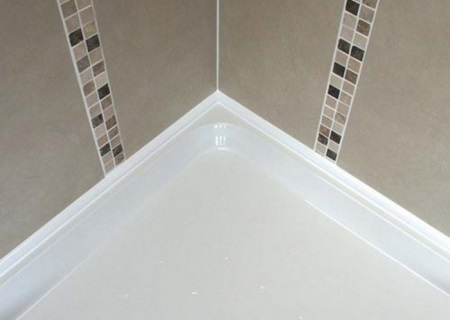Plastic corners and borders for the bathtub
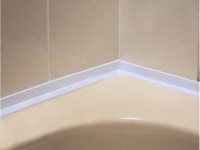
Why do you need them?
When repairing the bathroom, many nuances emerge, on which in the future will depend on the comfort and safety of the inhabitants of the apartment. Therefore, it is very important to consider even the most insignificant, at first glance, details.
One such detail that everyone who has ever installed a bathtub has encountered is a gap between the edge of the fixture and one or more walls. There are usually two reasons for its appearance: it is either the curvature of the walls, or a mismatch between the length of the bath and the wall.
There are several ways to eliminate this problem. The most common one is to use a special skirting board. Most often it is called a "bathtub corner". It is placed over the gap in order to prevent water from getting behind the tub.
Bathtub corners are made of plastic and ceramic. Today we will talk about plastic corners - their advantages, disadvantages and method of installation.
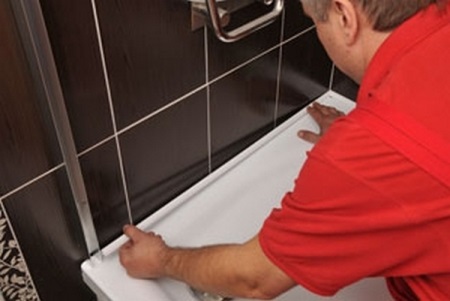
Pros
- Plastic corners - this is one of the cheapest ways to eliminate the gap between the wall and the bathtub. Prices for them start from a few tens of rubles.
- Installation of a plastic curb is easy and fast. You don't need any additional building materials and tools except a sharp knife and glue.
- Plastic is a material that is resistant to moisture and temperature fluctuations. Both of these factors are present in the bathroom, even if it has a good ventilation system.
- Plastic is flexible and soft enough that it can be installed even in an uneven, indirect gap.
- Plastic edging well withstands the effects of aggressive chemicals, which are often contained in bath and tile cleaners.
- It is very easy to take care of the plastic corner behind the bathtub. It is well cleaned from dirt and does not require the use of special detergents.
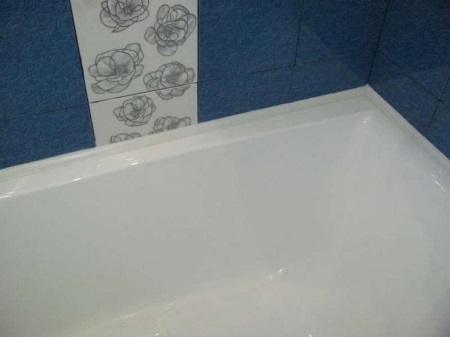
Cons
- Despite the fact that the plastic skirting board tolerates high humidity well, fungus and mold can grow on it. To avoid this, you need to wipe it dry every day and periodically treat it with an antibacterial compound.
- Originally, the plastic corner was intended solely for decorative purposes - it was supposed to accurately mask the gap, previously sealed with another material. Therefore, its use as the only protection against moisture is not very effective.
- The service life of a plastic curb is very short, much shorter than that of its ceramic counterpart. Usually the plastic curb has to be replaced once every few years.
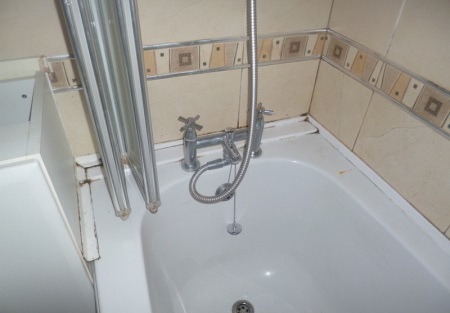
Types
The range of plastic corners for the bath is quite large. The most popular are standard models, which need to be "adjusted" to the appropriate angle and installed on glue.
There are also self-adhesive types of plastic baseboards. They already have a special adhesive composition - to glue the corner on the bath you only need to tear off the protective film. However, professionals do not recommend buying such products, as the glue used in their manufacture is most often not water-resistant.
Also on sale you can find a more modern modification of the plastic curb. It looks the same as the standard corner on the bath, but its edges are rubberized. This provides a tighter connection of the skirting to the edge of the bath and to the wall and, as a consequence, better protection from moisture.
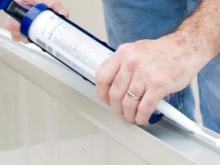

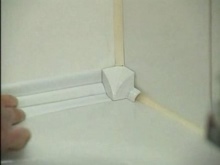
Dimensions
The plastic corner for the bath has standard dimensions. Its length is 250 cm. Usually one baseboard is not enough to seal the gap on three sides, so it is recommended to buy two at once. Plastic is very easy to cut with a sharp knife. The pieces fit together almost invisibly.
The width of the plastic profile can be 50 or 25 mm. Which one to choose - depends on the size of the gap and which corner in your opinion is more aesthetically pleasing - wide or narrow.
In order to fit the corner as tightly as possible, its inner part is cut at an appropriate angle.
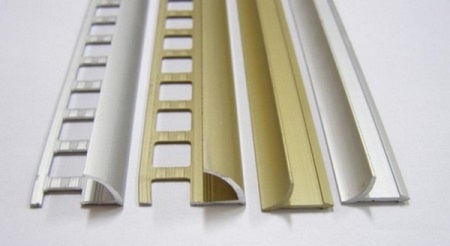
Plastic corner can be installed on the bathtub in two ways. Consider each of them.
How to install on the tile?
Mounting the baseboard directly on the tile - this is the easiest way, with which even a novice in the repair business can easily cope.
- Before you get to work, you need to wash and wipe dry the surface of the bath and walls in those places where they will be adjacent to the plastic profile.
- If you are going to replace the old plastic corner, after removing it, you need to get rid of residual adhesive and dirt on the sides of the bath and tile.
- The gap between the wall and the bathtub should be filled with sealant, assembly foam or other suitable composition.
- While the sealant is drying, it is recommended to protect the tub rim and tile cage from the adhesive. Use masking tape for this purpose.
- The plastic profile should be cut into pieces of appropriate size.
- Next, the inner part of the corner is smeared with glue. The glue is applied not only in the center, but also on the edges of the skirting board - this ensures a tighter fit.
- Installing the skirting board in place, you need to press it with your hands for a few seconds - so the grip with the surface will be stronger.
- After the glue dries, the joints are treated with a transparent sealant for sanitary ware.

Mounting under a tile
High-quality installation of a plastic baseboard under the tile can perform only a real master-finisher. The fact is that in this case, the installation of the corner is carried out simultaneously with the laying of tile. In this method of installation, part of the plastic profile is closed with a tile and permanently attached to the wall with tile adhesive.
Installing the corner for the bath under the ceramic tile is considered a more reliable method than the previous one. However, it has one major drawback: the corner can only be replaced by removing the tile.
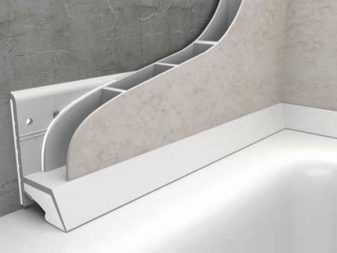
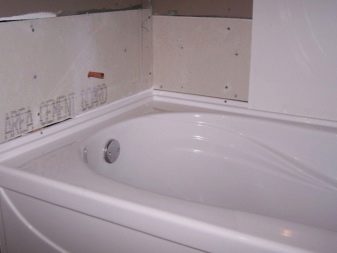
Service life
We have already mentioned that the service life of a plastic corner is very short. Experts say that replacement will be needed after one year, but in fact the product can last two or three times longer (although, losing its original whiteness). It should be noted that the plastic profile for the bath, installed under the tile, will last you a little longer.
